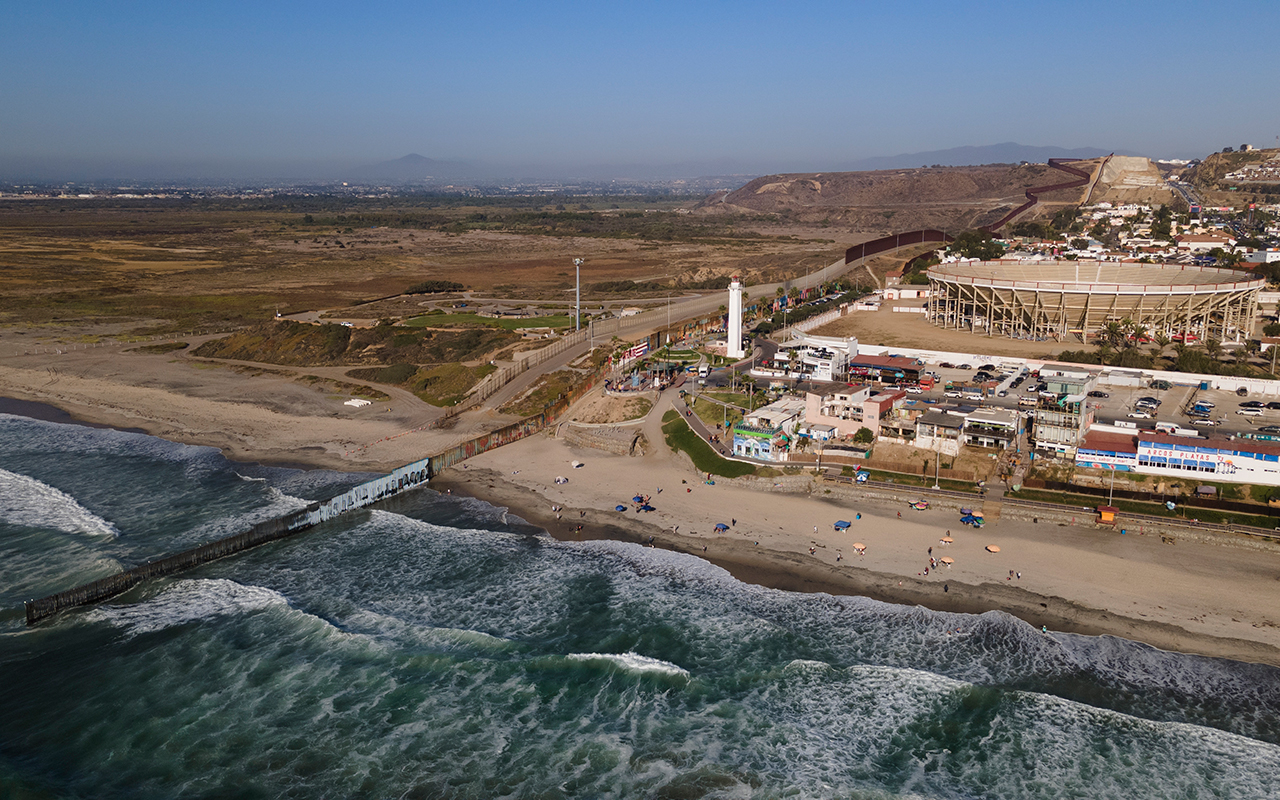Christopher J. Eastoea, William R. Hutchisonb, Barry J. Hibbsc, John Hawleyd, James F. Hogan
Detailed sets of tracer data (isotopes, salinity) and the results of MODFLOW modeling of water budgets provide an unprecedented opportunity for comparing modeling with field data in the area where the RioGrande enters the Hueco Bolson basin of Texas and Chihuahua. Water from the Rio Grande has recharged the Hueco Bolson aquifer to a depth of 300 m below the surface in the El Paso-Ciudad Juárez area, the depth of infiltration corresponding to the depth of ancestral Rio Grande fluvial sediments. Groundwater beneath the river exhibits complex isotope and salinity stratification. Post-dam (post –1916, type A) river water has infiltrated to depths up to 80 m. Pre-dam (type B) river water has infiltrated to 300 m depth near downtown El Paso, and has mixed with, or been displaced further downstream by high-salinity native Hueco Bolson groundwater (type C, present in the basin north of the river). Salinity and isotope boundaries do not correspond precisely. Isotope stratification corresponds to water residence time and(for type C) to degree of evaporation; the highest salinities are associated with the most evaporated water. Modeling of water budgets in the basin fill beneath the river predicts present-day mixing of water types B and C where changing rates of pumping have caused a reversal of groundwater flow direction between El Paso and Ciudad Juárez, and deep recharge of type B water under conditions prevailing in the 1960s.







Responses